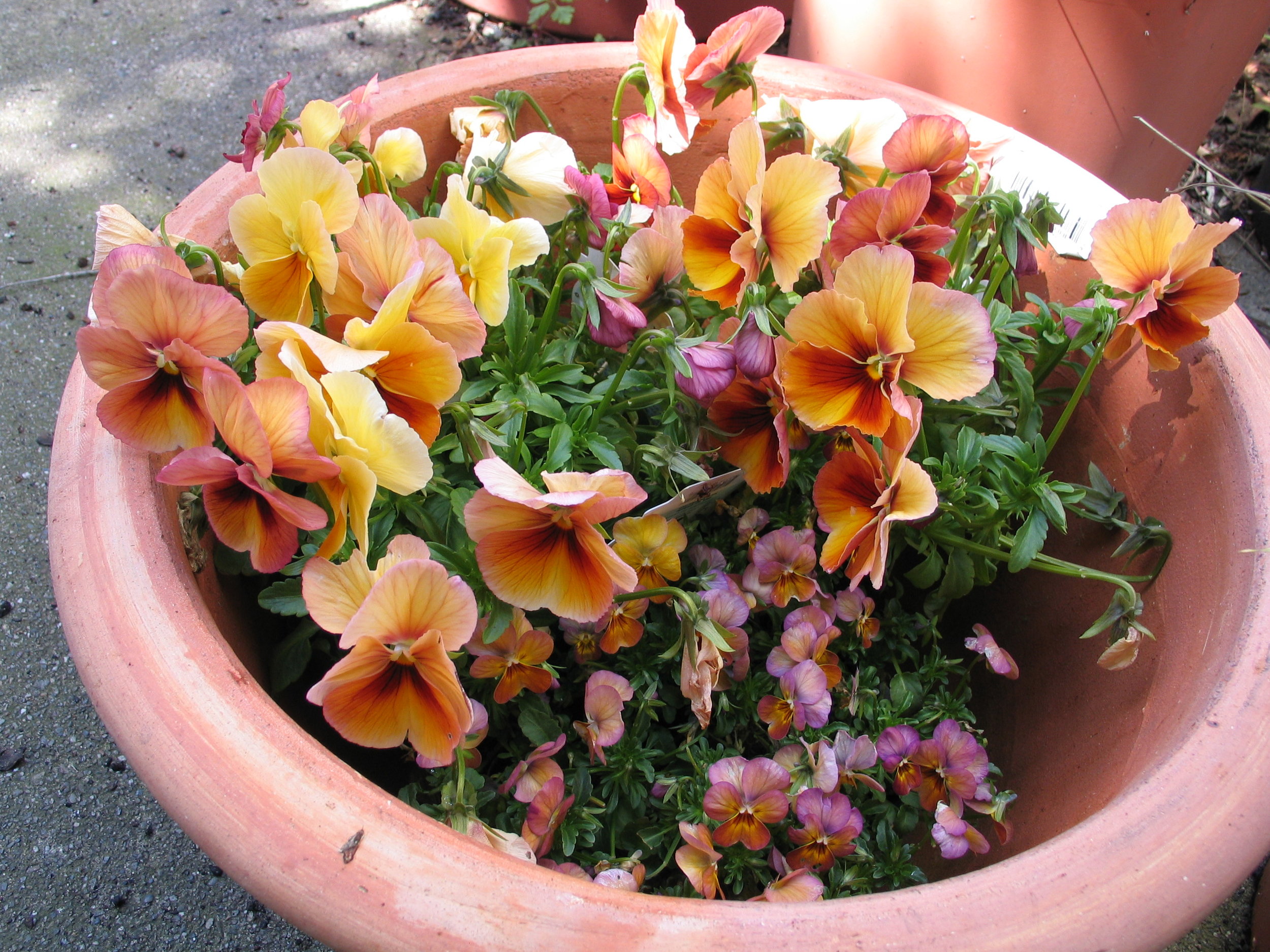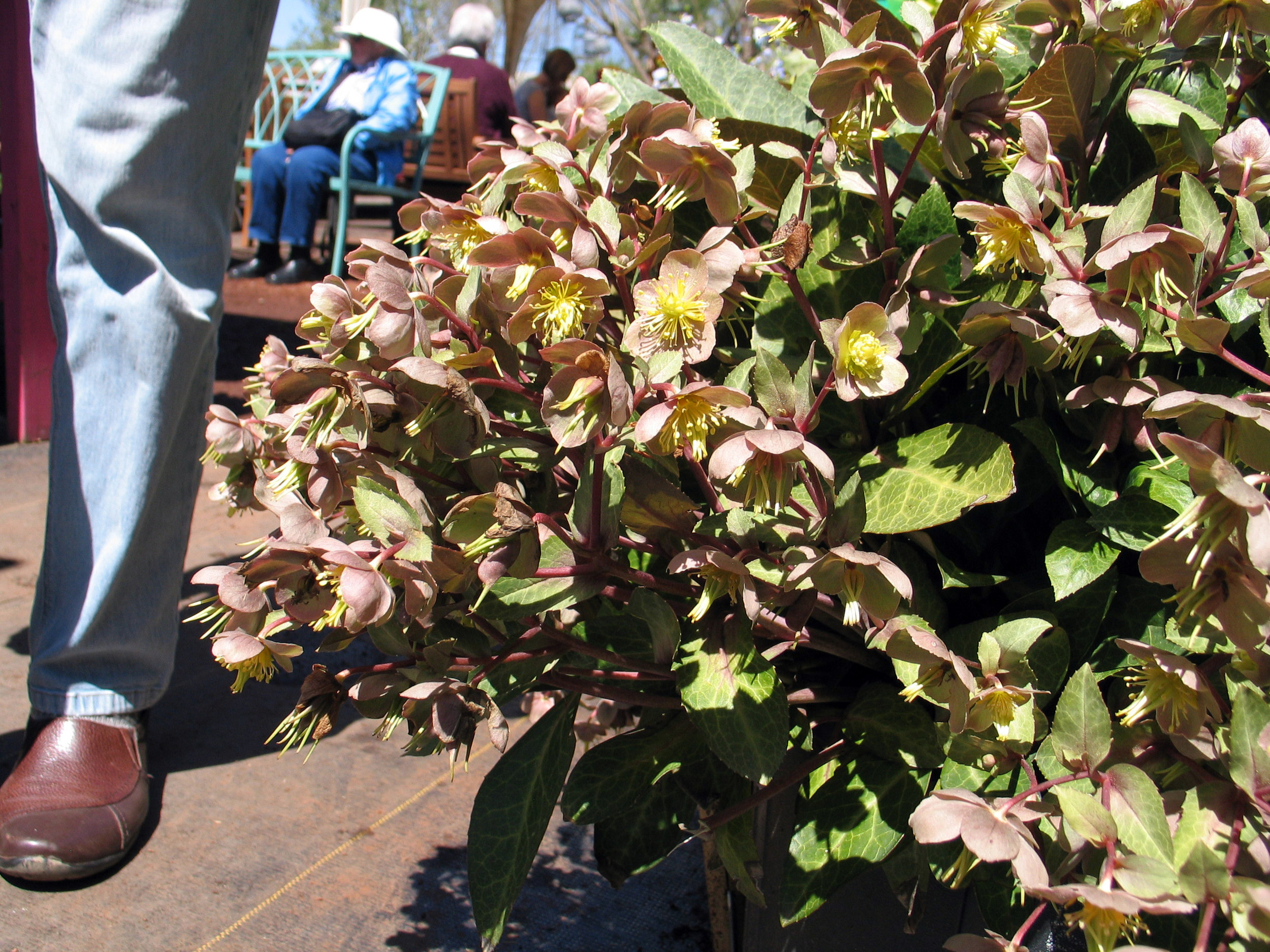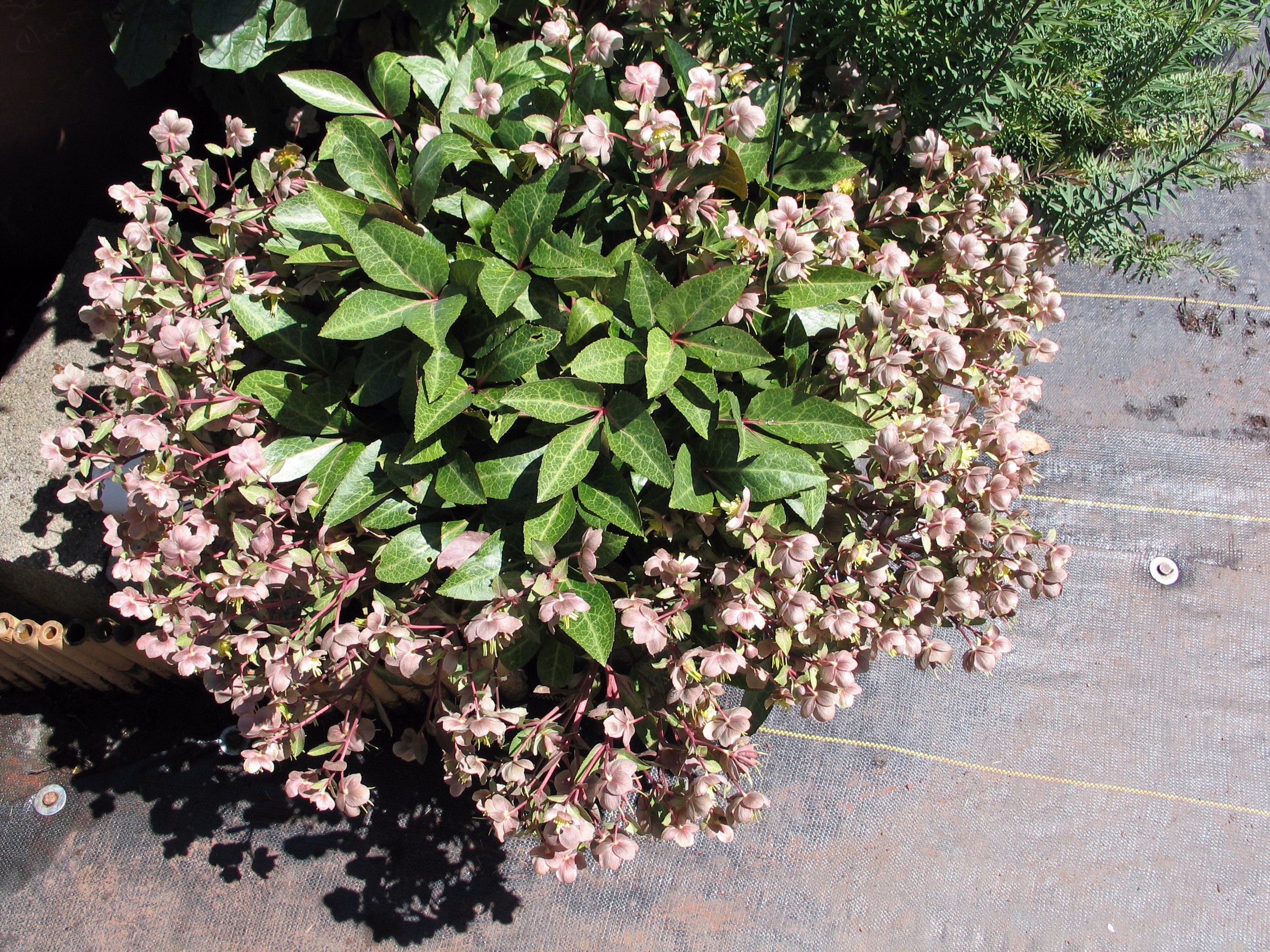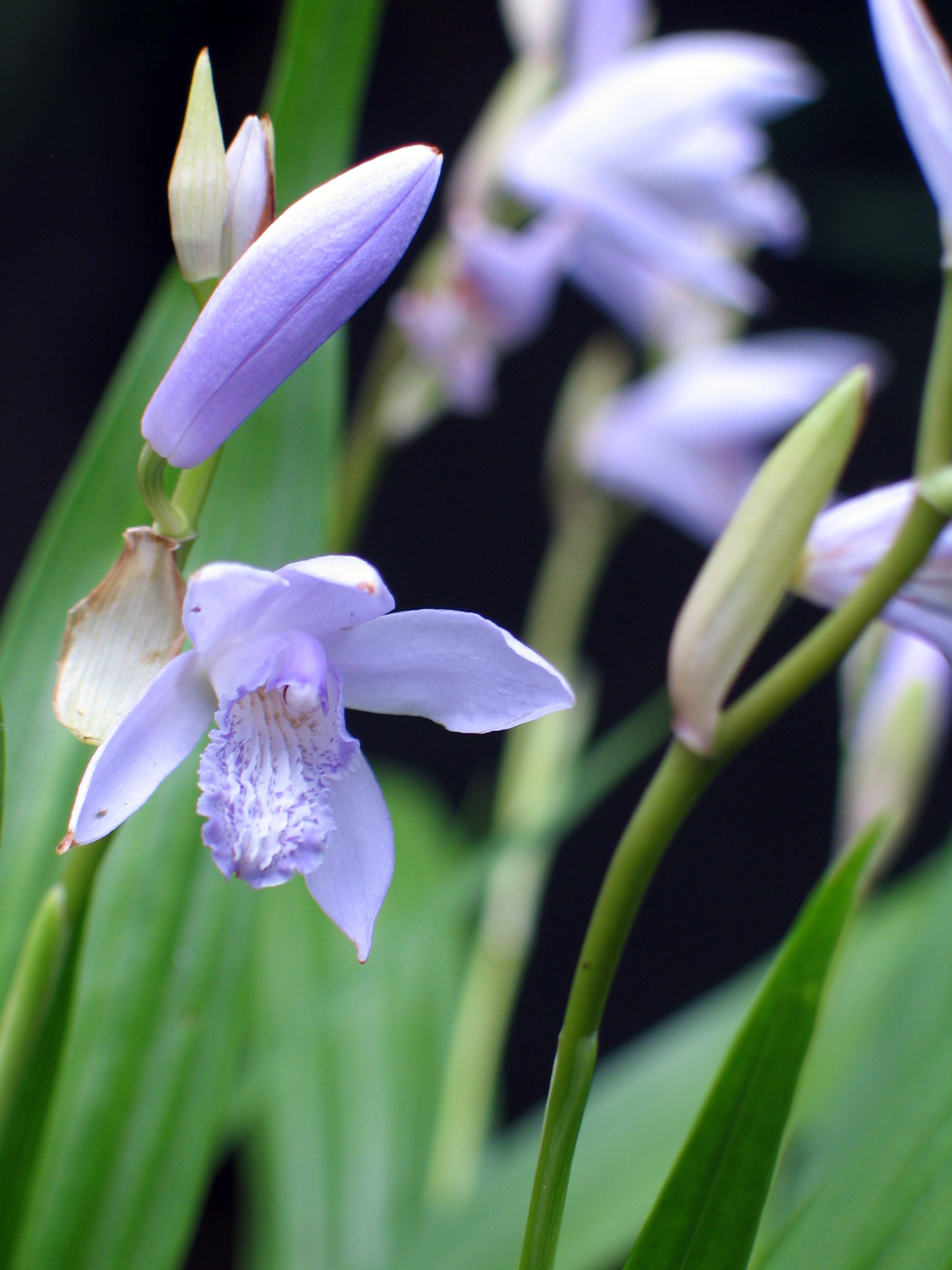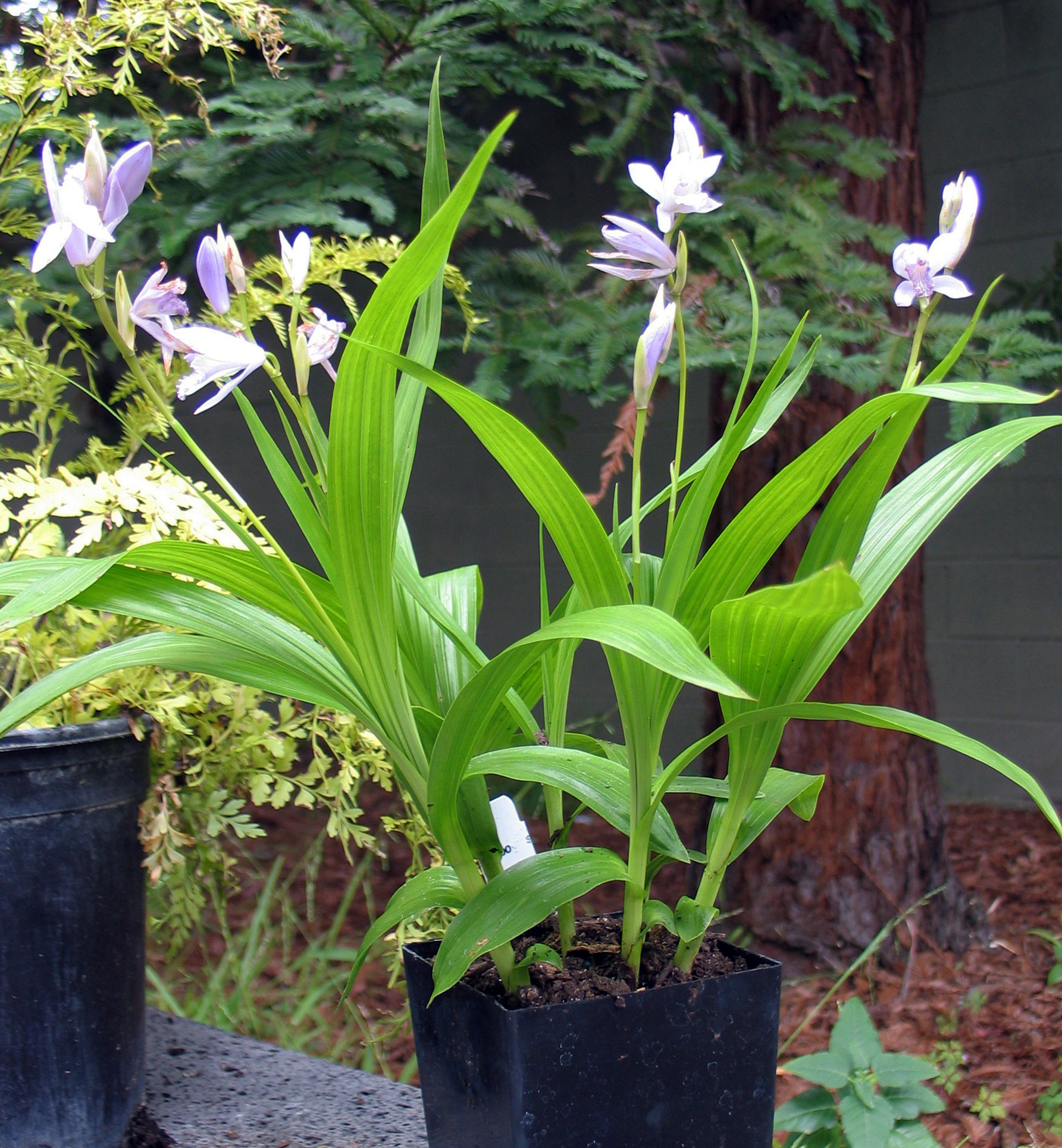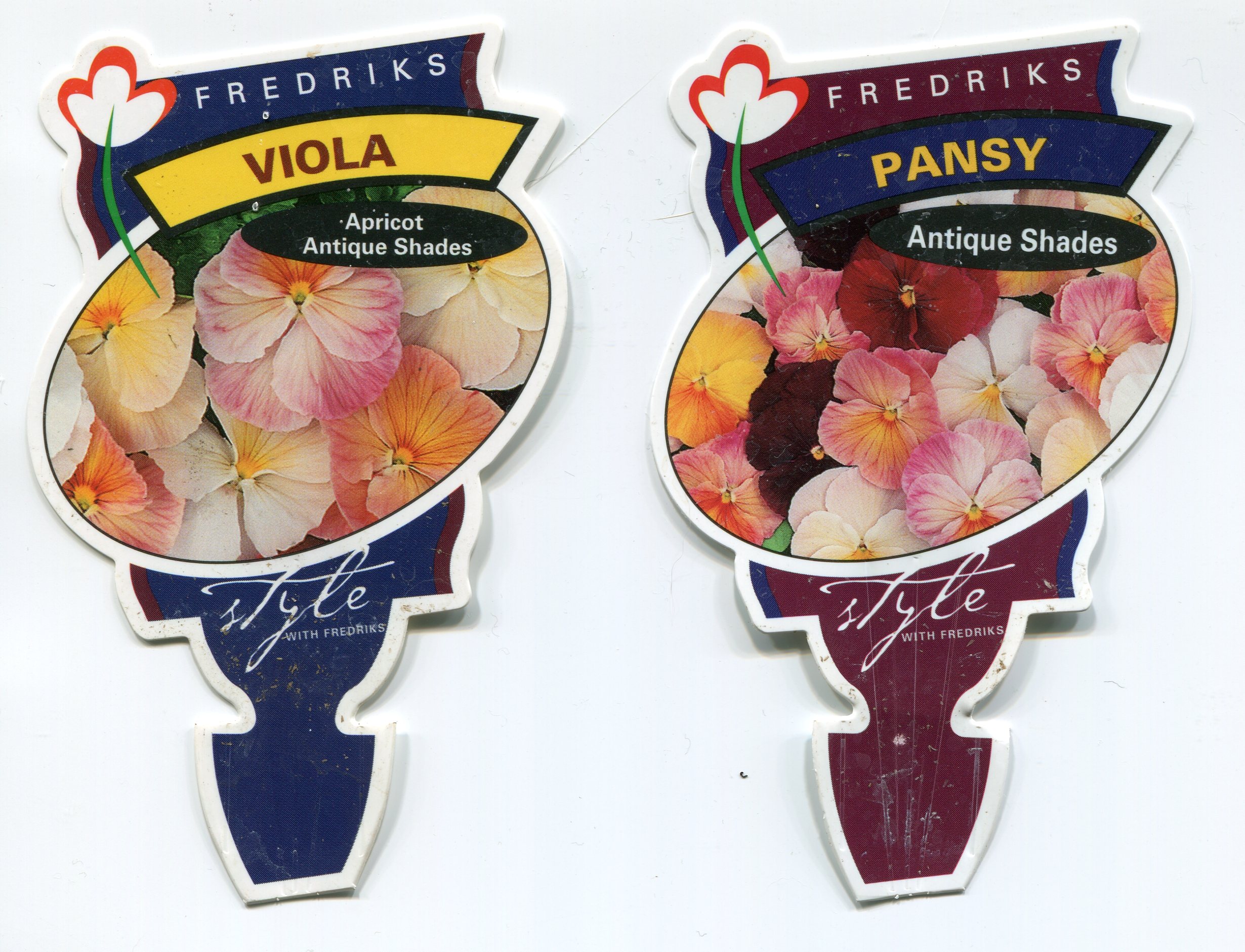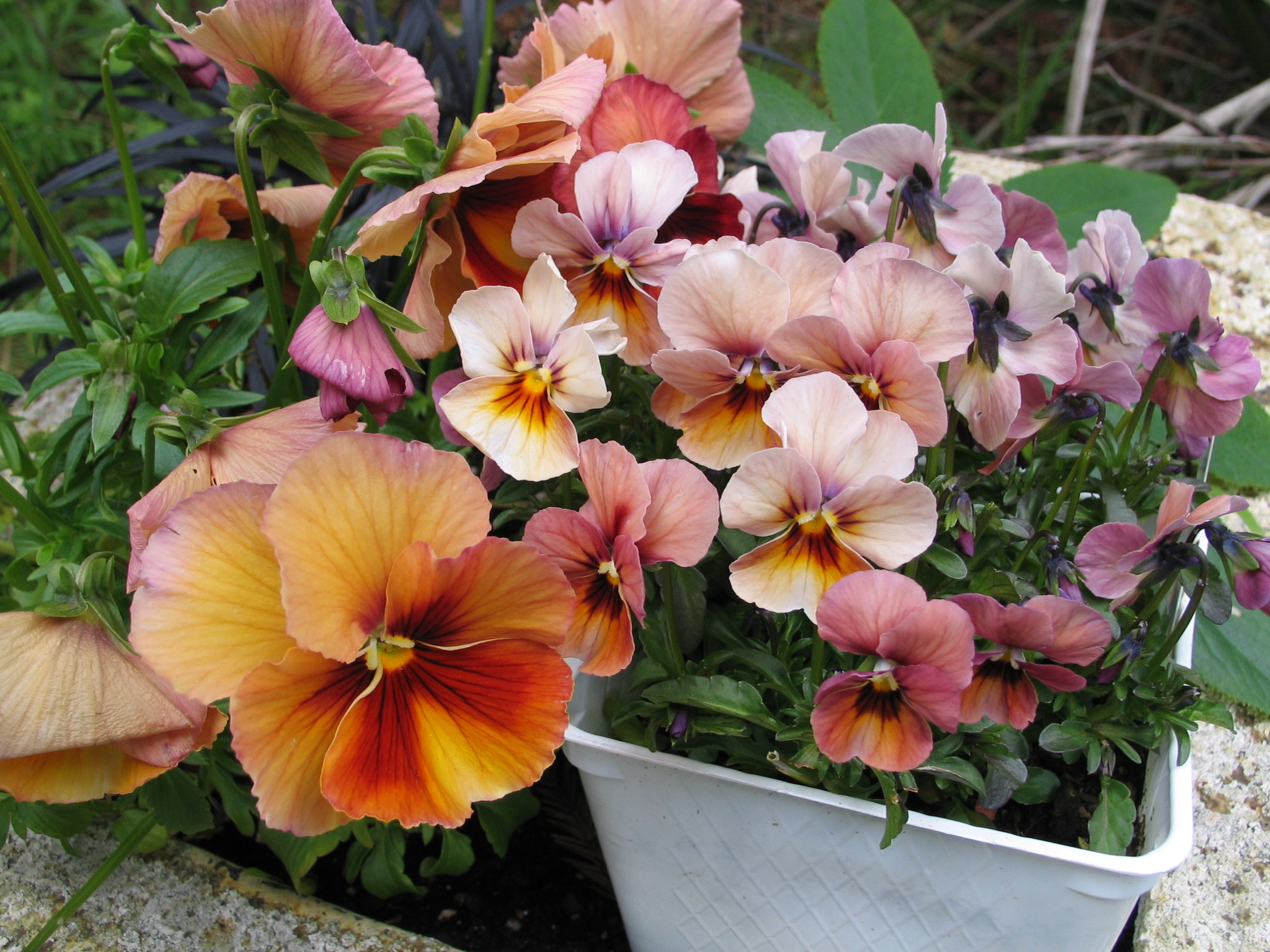In my professional practice and in conversations outside the office, I avoid using common names for plants like the plague. It is common practice to put both scientific name and common name on a plant list, and this is so that the contractor can verify that the plant they think you're talking about is the one they've gotten for the project. Why would a contractor not be able to use scientific name and require common names as well?! As far as I can tell, the only confusion that might occur would happen when a plant has been re-classified by the trade to have a different name. For example, Ligularia changed to Farfugium years ago, but most people know it as "Leopard Plant" (regardless of the cultivar or absence of spots). Sadly, I suspect that the real reason we put common names on plant lists is because contractors don't recognize or know all the plants we might use belonging to those scientific names and they appreciate the extra hint. Residential clients often find scientific names too technical and feel more comfortable with the common names, but using common names can be very mis-leading as you'll see in the last few photos.Taking my own photos of plants is a huge benefit to me as a designer. Not only do I have the physical action of taking and naming photos to help my brain keep the connection, but I also follow some practices that help me understand the plants better for when I am designing with them in mind. Here are a couple of the things I do:Photo taking: When I am in a garden or at a nursery, I take a picture of the plant, leaf, flower (or whatever) first, then the plant tag. Plant, tag, plant, tag, plant, tag. With my trusty old digital camera, I can smash 300+ photos on one memory card at a time, and I have two memory cards. Once the plant photos are labelled with the correct scientific name, I delete the images of the plant tag. I also (usually in my own garden) take photos from different angles - a close-up of a low-growing plant from ground-level tells you nothing about what it would look like from above. A great example of this is this gorgeous specimen of Hellebore 'Pink Marble' I saw at the Annie's Annuals 2012 Summer Garden Party last weekend:Cute, huh? I am glad this person walked by at the right moment, because you can see how the plant relates to an upright person, and understand that I am sitting on the ground to take this. Now see how different it looks from above, the way you would see it in a garden (without sitting on the ground):Image file naming: I have a naming convention for the photos, too: Scientific name, then descriptive abbreviations (from my own list), followed by the abbreviation for the grower or source of the plant. For example, photos of this little Bletilla I got at Plant Delights Nursery last year are labeled "Bletilla 15in FL pdn" and Bletilla 'Murasaki Shikibu 15in FO pdn" (15in = 15 inches tall, FL = flower, FO = Form, pdn = Plant Delights Nursery):See how different the close up and the form photo look in color?! I'll take several photos of my plants because the way the camera processes color can vary a lot from image to image and depends on lighting, context, and where on the subject the camera focused. Because of this, I include other things in the picture when I can. I also use these images for inspiration for plant combinations in the future and keep copies of images in a separate "combos" folder for just that purpose. Here's a shot of the same Bletilla but with Asplenum bulbiferum (a.k.a. "Mother Fern", but you didn't hear that common name from me) in the background:Be Specific! I've already explained how I label my images, but here's a lesson from a purchase two weeks ago that I hope illustrates the need to use the whole name including the species even when it seems obvious. Take these two Violas:They look pretty similar. Both are Violas (Pansies are Violas too), both from the same grower. The big difference seems to be the name "Pansy" or "Viola" on the tag, and you might ignore this since that information is a common name thing, not scientific. The cultivar name is similar too, 'Apricot Antique Shades' vs. 'Antique Shades'. I could swear I see some of the same flowers in both photos, just turned upside down and enlarged on the Pansy tag (which is complete baloney as you'll see below). Now, flip those over and read carefully:Check that out! The Pansy's scientific name is Viola wittrockiana 'Antique Shades' and the other Viola's name is Viola cornuta 'Apricot Antique Shades. What neither of these tags tells you is how very different these two plants are in real life. The Pansy has much more orange and yellow in real life, and the smaller Viola is far pinker overall. The photo at the top of this post shows these little dudes the day I brought them home, and below I will leave you with a photo of them together in my patio while I was planting things. Thanks so much for reading, and HAPPY SPRING!So the lesson here is to not rely on catalog photos for your garden planning, take your own. Light, color, and real life differences are not always evident on plant tags or in catalogs. Designer beware!
Water conservation in the landscape - the obvious stuff.
If you have read anything online, or watched the news, or read a paper in the last decade, you already know that water use and conservation is an issue in our state. Things that can save water include:* mulching* grouping plants into water-use zones, and using drought tolerant plants that are adapted to your area* switching from a typical sprinkler system to drip irrigation or sub-grade irrigation* Watering in the early am (not late at night, please!!! that actually promotes pathogens) so the plants can take up the water in time for the warm day ahead.* cleaning sidewalks and driveways with a broom instead of a hose (well, duh)
Read more10 things to do/consider - client homework
Aristea spiralis 4
You took the first step and decided to call someone, I'm glad you found me. Do yourself a favor and start thinking about your project - I will bring my own ideas, what I need to hear are yours. Here's some things to consider and be prepared to chat about when we meet:
Read moreLawns: what they're good for or not...
twin houses 1
When asked about turf grass lawns, some clients feel that they should have one but cannot provide a particular reason. "Because they're nice" someone once said to me. I don't think that is reason enough if there's no functional or aesthetic need for it. If a lawn fills a particular emotional need or is meaningful in some way, that is a different story. Unfortunately, the care required to keep them healthy makes turf grass lawns one of the least environmentally friendly growing things you can have.
Read moreBooks I LOVE
Landscape Architecture and Garden Design Books:Anatomy of a Park - Donald Molnar, Albert RutledgeA Pattern Language - Christopher Alexander, Sara Ishikawa, Murray SilversteinArchitecture in the Garden - James Van Sweden, Penelope HobhouseBeautiful American Vegetable Gardens - Mary Tonetti DorraDiscovering the Vernacular Landscape - John JacksonFront Yard Gardens - Liz PrimeauGarden Design Details - Arne MaynardGardens Are For People - Thomas ChurchGardens in the Spirit of Place - Page DickeyHideaways - Sonya FaurePlant Driven Design - Scott Ogden, Laura Springer OgdenThe American Meadow Garden - John GreenleeThe Modern Garden - Jane BrownThe Modern Japanese Garden - Michael Freeman, Michiko Rico NoseTen Landscapes: Shunmyo Masuno - James Grayson TruloveOthers:All Marketers are Liars - Seth GodinA Whole New Mind - Daniel PinkSummer of the Monkeys - Wilson RawlsThe Great Good Place - Ray OldenburgThe Time Traveller's Wife - Audrey Niffenegger (fiction)The Secret Garden - Francess Hodgson Burnett (fiction)
